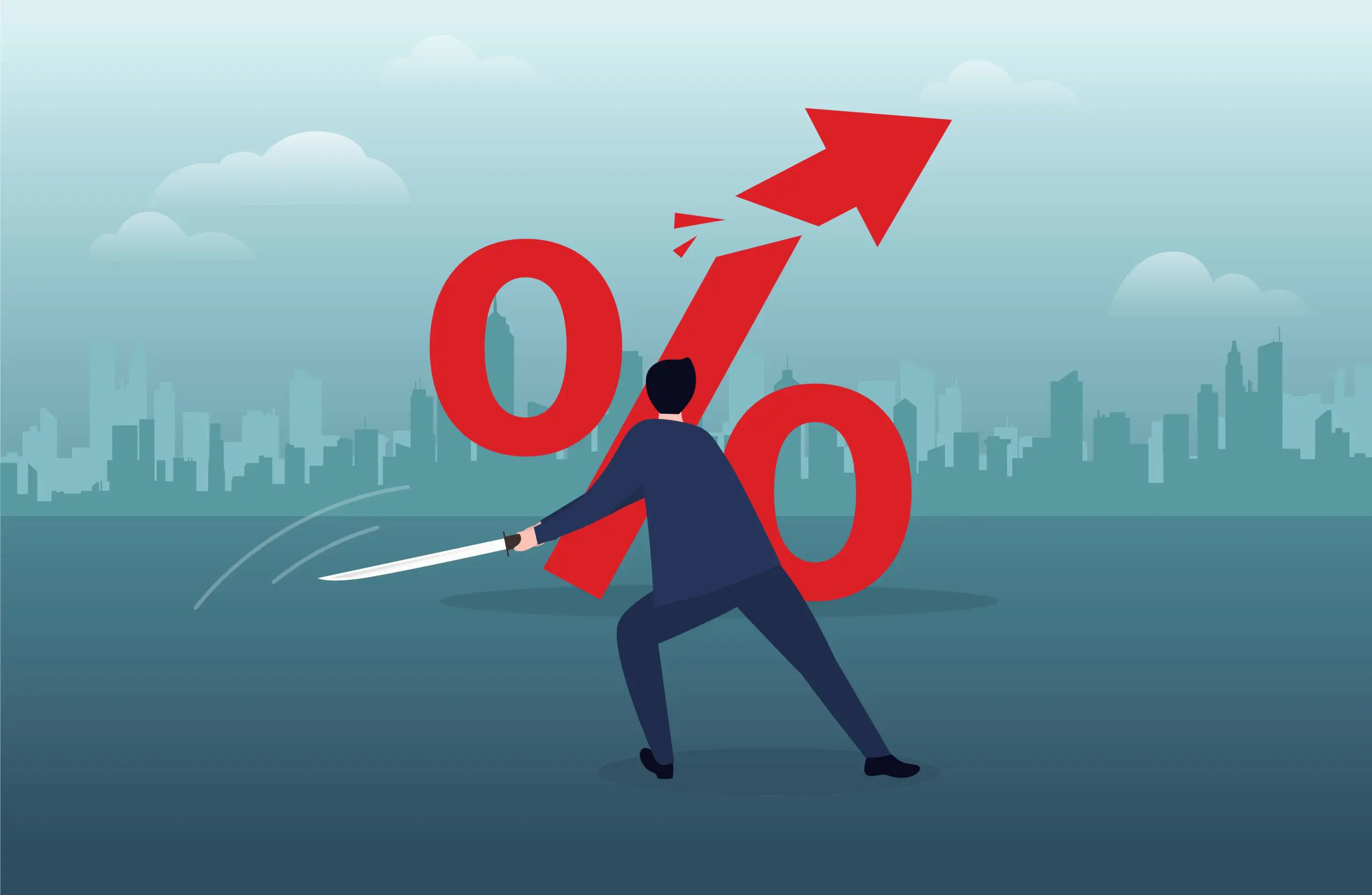It was 25 years ago today, March 29th, 1999, that the Dow Jones Industrial Average (DJIA) topped the 10,000 mark for the first time. It was a monumental moment for the stock market.
Traders on the floor of the New York Stock Exchange broke out “Dow 10,000” hats, as though they had just won the Super Bowl.
And now, with the Dow Industrials approaching 40,000, it’s a good time to look back at what happened then, what has happened since, and what it all means.
The intrinsic importance of those big round numbers is questionable, but there is certainly a big psychological component. For one thing, it focuses a great deal of attention on the stock market and helps reinforce the feeling for many investors that they are getting richer.
As the Wall Street Journal wrote the day after the DJIA breached 10,000, it was: “a landmark in a bull market that has made millions of Americans, especially those nearing retirement, feel more financially comfortable than they ever imagined they could.”
What Else Was Happening 25 Years Ago?
What else was happening back in March of 1999? President Bill Clinton was acquitted of charges of perjury and obstruction of justice, Dr. Jack Kevorkian was convicted of murder in an assisted murder case, NATO began bombing Yugoslavia in the biggest war in Europe since World War II.
Michael Jordan announced his retirement from basketball (for a second time), the Denver Broncos won their second straight Super Bowl, Aaron Sorkin’s drama “West Wing” debuted, Britney Spears topped the pop charts with “Baby One More Time,” and Donald Trump divorced Marla Maples (his second wife). “Shakespeare in Love” won seven Academy Awards, including best picture.
Market History in the Making
While the Dow Industrials are not as important as other market indexes such as the S&P 500 and the Nasdaq Composite, it remains one of the most watched and easily digestible barometers of the financial world.
The Dow Industrial’s run-up to 10,000 — and to more than 39,000 earlier this month — highlights spectacular gains in the market. It reflected the strength of the U.S. economy and the dominance of American corporations.
The market was also helped back then and now by declining interest rates, new leaps in technology and increasing worker productivity. (The more things change, the more they stay the same.) By the way, the yield on the 30-year Treasury bond was 5.64% that day in 1999, significantly higher than the 4-1/4% right now.
The milestone event for the DJIA came near the end of one of the longest bull markets in history. The index soared from just 776 in August of 1982. The market continued to rally for another 10 months, but then the dot-com bubble burst, and stocks entered one of the most traumatic bear markets ever.
The Dow tumbled from a peak of 11,722.98 in January of 2000, before bottoming out at 7,276 intraday in October of 2002, a gut-wrenching drop of 38 percent.
There have been several boom-and-bust cycles since then, including the financial crisis of 2008-09 and the pandemic inspired bust of 2020. The market never moves in a straight line, but history shows that over time, it does continue to plow ahead.
It’s also worth noting the 30 components of the Dow Jones Industrial Average back in 1999 were very different than they are now. Back then, the Dow was dominated by industrial companies including General Electric, General Motors, and DuPont, as well as consumer product companies Eastman Kodak, Sears Roebuck, Philip Morris, and Goodyear Tire.
They are all gone now, replaced by tech giants Apple, Amazon, Amgen, and Salesforce.
The big round numbers like 10,000 and 40,000 are dismissed by some market professionals as arbitrary, but they also represent an important emotional threshold for many investors.
Here’s hoping that decades from now, someone will be able to write about the new, big round numbers that we can look forward to celebrating.



